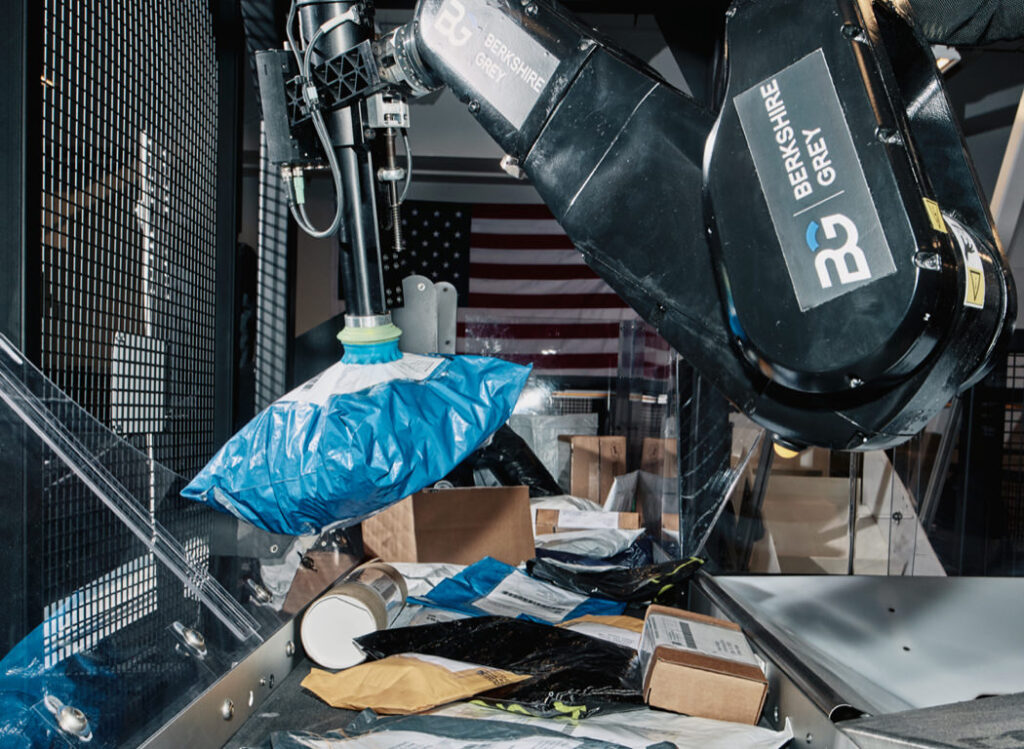Berkshire Grey Inc., a leader in AI-enabled robotic solutions that automate supply chain processes, and Tessiant, a leading change and transformation consultancy, have announced their partnership to help transform supply chain operations through intelligent robotic automation of eCommerce fulfilment, store replenishment, package handling and logistics. Together, the two companies will give UK retailers access to the most advanced AI-enabled robotic solutions designed to meet consumer expectations for on-demand order fulfilment.
“Berkshire Grey’s portfolio of Intelligent Enterprise Robotic (IER) solutions is what many UK retailers are searching for during this confluence of challenges including the eCommerce boom, labour shortages and rising consumer expectations,” said Anna Barsby, Managing Partner at Tessiant. “We are excited to partner with Berkshire Grey to help our clients overcome these issues and improve supply chain operations with AI-enabled robotics.”
Labour shortages are pervasive throughout Europe, with the number of job vacancies in the UK alone rising to a new record of 1.3 million in January 2022. This is further compounded by ever-increasing consumer demands for instantaneous order fulfilment and lingering COVID issues. Supply chain leaders are under more pressure than ever to find new solutions that increase efficiency and order processing throughput in eCommerce fulfilment, store replenishment and package handling.
With the launch of this partnership, UK companies will now have access to Berkshire Grey’s extensive robotic solutions and services including design, installation, testing and commissioning, and continued support leveraging cloud-based AI solutions for predictive maintenance, management of system operations, analytics and integration.
“We look forward to working side-by-side with Tessiant to advise the top retailers and eCommerce providers in the UK on how to leverage AI-enabled robotic solutions that can help them transform their supply chain,” said Neil Berry, Senior Vice President and General Manager for EMEA at Berkshire Grey. “Berkshire Grey and Tessiant both believe robotics are essential to help retailers stay competitive amid the growing market challenges, and we’re happy to partner with them to bring unique solutions to their network of clients.”
With this partnership, Tessiant will join Berkshire Grey’s Partner Alliance (BGPA) programme as a Consulting Partner. The BGPA programme includes a select group of strategic partners that provide customers across the retail, eCommerce, 3PL, grocery, and package handling industries with scalable robotic solutions developed to improve fulfilment throughput while driving down operational costs. The BGPA programme consists of market-leading consultants, integrators, technology providers and material handling leaders dedicated to providing value-added, AI-enabled robotic solutions to customers.








